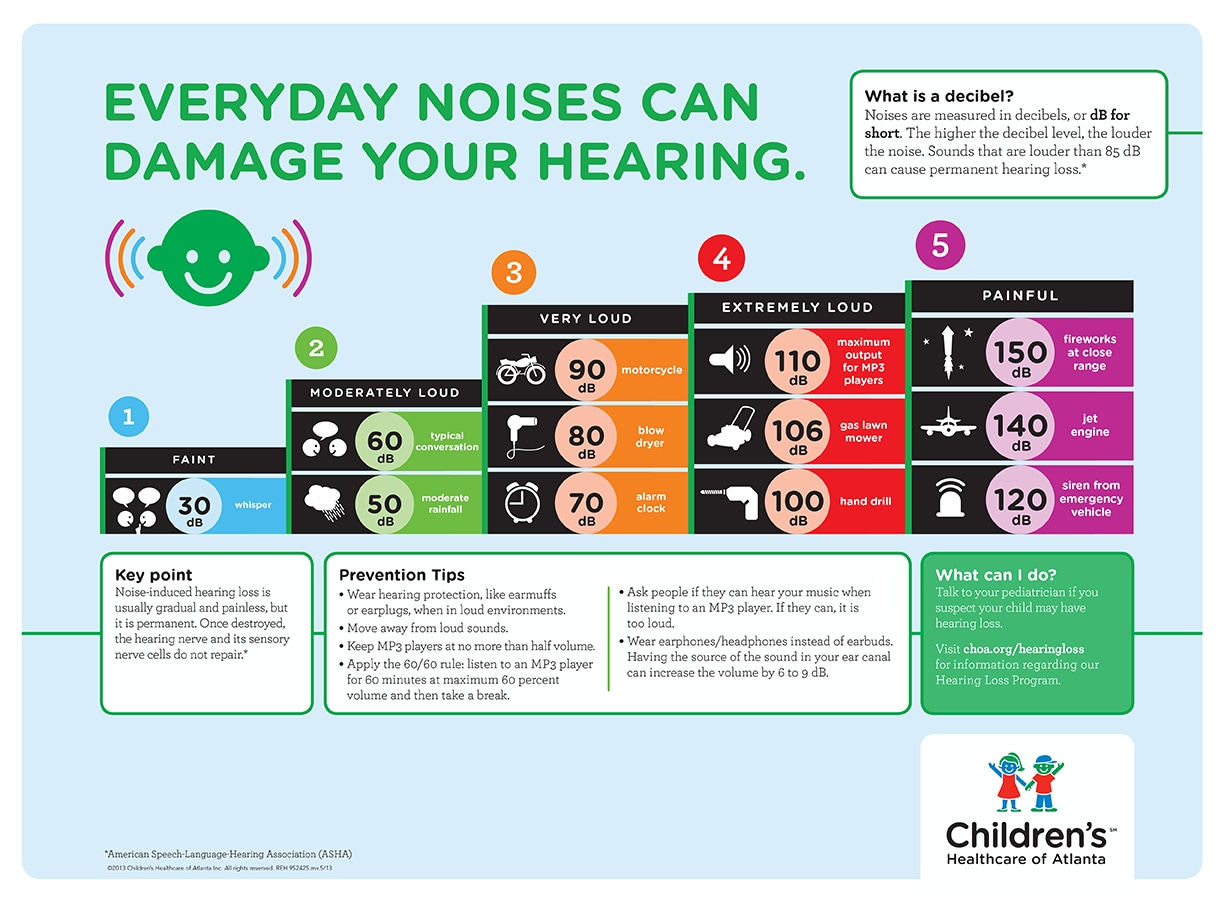Enhancing Understanding: Addressing Auditory Handling Issues In Dyslexia
Enhancing Understanding: Addressing Auditory Handling Issues In Dyslexia
Blog Article
Material Writer-Vilhelmsen Stiles
When you take into consideration the difficulties that dyslexic students deal with, it's clear that auditory processing problems frequently play a substantial duty. You may wonder exactly how customized methods can bridge the gap in between acoustic directions and understanding. By incorporating aesthetic aids and breaking jobs right into workable actions, you can enhance focus and understanding. However, the solutions don't quit there. What various other strategies can create a really supportive understanding environment that fosters success and confidence?
Comprehending Dyslexia and Auditory Handling
Dyslexia affects approximately 1 in 5 people, making it one of one of the most usual learning impairment. If you're navigating dyslexia, you could locate that it does not simply influence reading and writing; it can likewise influence how you refine auditory info.
Acoustic handling describes how your brain analyzes noises, consisting of language. When you battle with this, it can lead to difficulties in comprehending talked guidelines and following conversations.
You could see that you commonly misunderstand what you hear or that it takes longer for you to react in conversations. This isn't a reflection of your knowledge; it's a certain difficulty related to processing auditory signals.
Comprehending dyslexia classes near me is essential because it assists clear up why you might master aesthetic jobs while dealing with obstacles in jobs that depend on acoustic comprehension.
Identifying these challenges can empower you. By comprehending the ins and outs of dyslexia and auditory processing, you can much better advocate for your needs, whether in educational settings or social circumstances.
It's necessary to acknowledge these concerns so you can seek the right support and methods in the future.
Efficient Approaches for Assistance
Navigating the difficulties of acoustic handling can really feel frustrating, but there are effective approaches that can aid you flourish.
By implementing these techniques, you can boost your learning experience and improve your ability to process acoustic information.
- ** Utilize aesthetic help **: Combining auditory instructions with visual supports, like charts or layouts, can substantially improve comprehension.
- ** Damage tasks right into smaller sized steps **: Streamlining instructions right into convenient pieces permits you to focus and refine info more effectively.
- ** Practice active listening **: Take part in exercises that motivate you to pay attention attentively, such as summarizing what you have actually heard or asking inquiries for information.
- ** Incorporate technology **: Make use of apps or software application developed to help with acoustic processing, such as speech-to-text tools or audiobooks, to strengthen understanding.
Creating Supportive Learning Environments
Developing a supportive discovering setting is essential for helping individuals with auditory processing challenges prosper. Start by lessening distractions in your class or learning space. Usage acoustic panels or soft furnishings to absorb audio, which can assist pupils focus much better. Make certain seating plans enable clear sightlines to the teacher and any type of visual aids.
Next, incorporate clear and concise interaction. Speak slowly and use simple language, looking for recognizing often. Encourage trainees to ask concerns if they're uncertain. Aesthetic help like graphes, representations, and composed directions can boost understanding and retention.
In addition, foster a culture of patience and understanding amongst peers. Show pupils about acoustic processing problems, promoting compassion and support. Group tasks can be valuable; simply guarantee that duties are clear and that trainees collaborate to sustain each other.
Finally, offer routine responses. Commemorate development and success, despite how little. This inspiration builds confidence and enhances the concept that knowing is a journey.
Conclusion
In your trip to enhance learning for individuals with dyslexia, think of each approach as a tipping stone across a river. By weaving together auditory and aesthetic help, damaging tasks into bite-sized pieces, and nurturing a helpful environment, you help create a bridge to understanding. Keep in mind, fostering compassion amongst peers and interesting family members can light the path to success. With perseverance and dedication, you'll empower students to soar above difficulties, changing their struggles into toughness.
